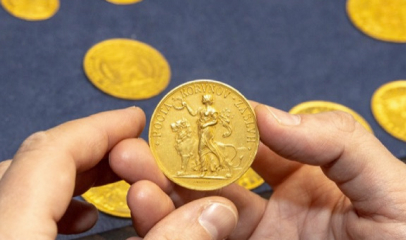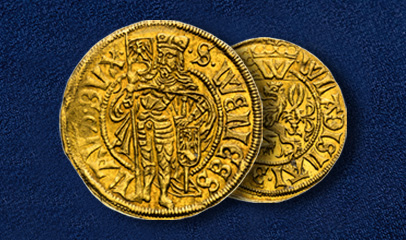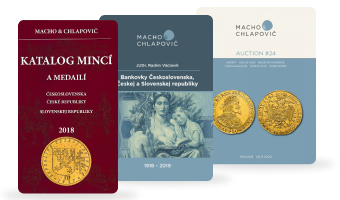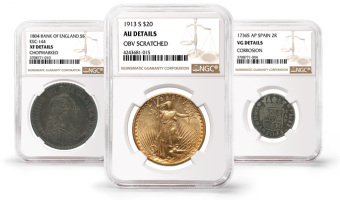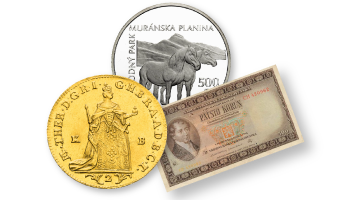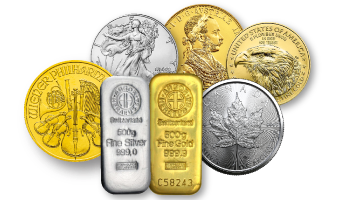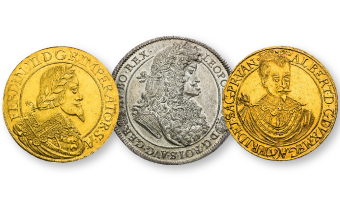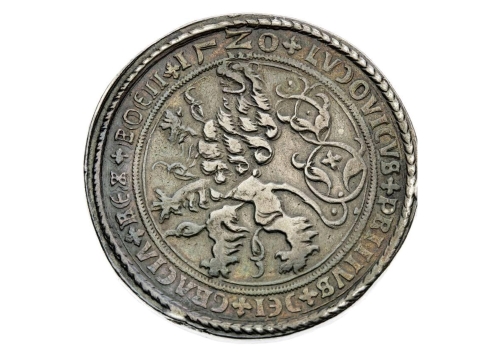
A fabulous wealth of local silver veins
Already before 1517, silver mining began to develop rapidly on the lands of the Loket region in the abandoned Krušné hory valley called by German miners simply Tal (Valley) and later renamed Joachimsthal (Joachim Valley). The lien on the royal lands was held by the Schlick family, the owners of the nearby Ostrov estate and the leading representatives of the mining community that had invested heavily in the mining business in the region. The investments soon started looking more than promising. The stories of a fabulous wealth of local silver veins spread quickly and in a few years tens of thousands of miners, mining specialists, specialized craftsmen as well as merchants, officials, gamblers and others, found their new home in the Valley under the patronage of St. Joachim. The original mining settlement quickly turned into one of the most populous cities in Central Europe.
Assembly’s approval for coin minting
The Schlick family quickly realized that the effective economic utilization of the extracted wealth was facing several complications. The export of silver to Nuremberg in the initial mining period was in conflict with the legal regulation, which obliged the miners to sell the silver mined in Bohemia to the king. The minting of coins in Bohemia was also reserved only to the king. The path for Schlicks to maximize their profits from mining business was to mint their own coins and export them to the rich Leipzig market. Thanks to some difficult negotiations, the Schlicks, led by Stephen Schlick, managed in 1520 to obtain the Assembly’s approval for coin minting, but with an alibi addendum to the effect that it will not be at the expense of the territorial freedoms or the king. This consent provided the leading representatives of the bohemian estates political representation with an advantageous position, as it could easily be revoked at any time. In the case the Schlicks would fail to appreciate their helpfulness and personal commitment given to the cause. The Schlicks were perfectly aware of this, so they sought the consent of the king himself. They actually acquired it in 1523 during the king’s stay in Bohemia, but is was only conditional. It is therefore possible that Stephen Schlick’s journey to the Mohács battlefield alongside the king in 1526 was motivated, among other things, by an effort to secure this very important privilege. However, this never came to pass. The king and his Schlick vassal tragically perished in the Mohács swamps, and the new monarch Ferdinand I. took a much more reserved attitude towards Schlicks’ business.
Schlick Doubletaler 1520
Without proper documentation of the production of Schlick 1520 talers, we can assume that it was an extraordinary commemorative strike on the occasion of the Assembly’s approval in the same year. This is proven not only by the unusual placement of the date inscription (until 1525, the Schlick tolars were minted undated) but also by the fact, that the taler multiples were also minted – two, three and four talers.
Sold in Auction # 26 for 85 000 €.


